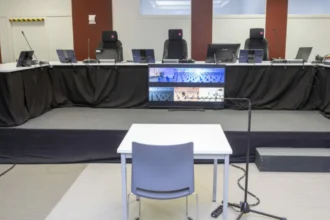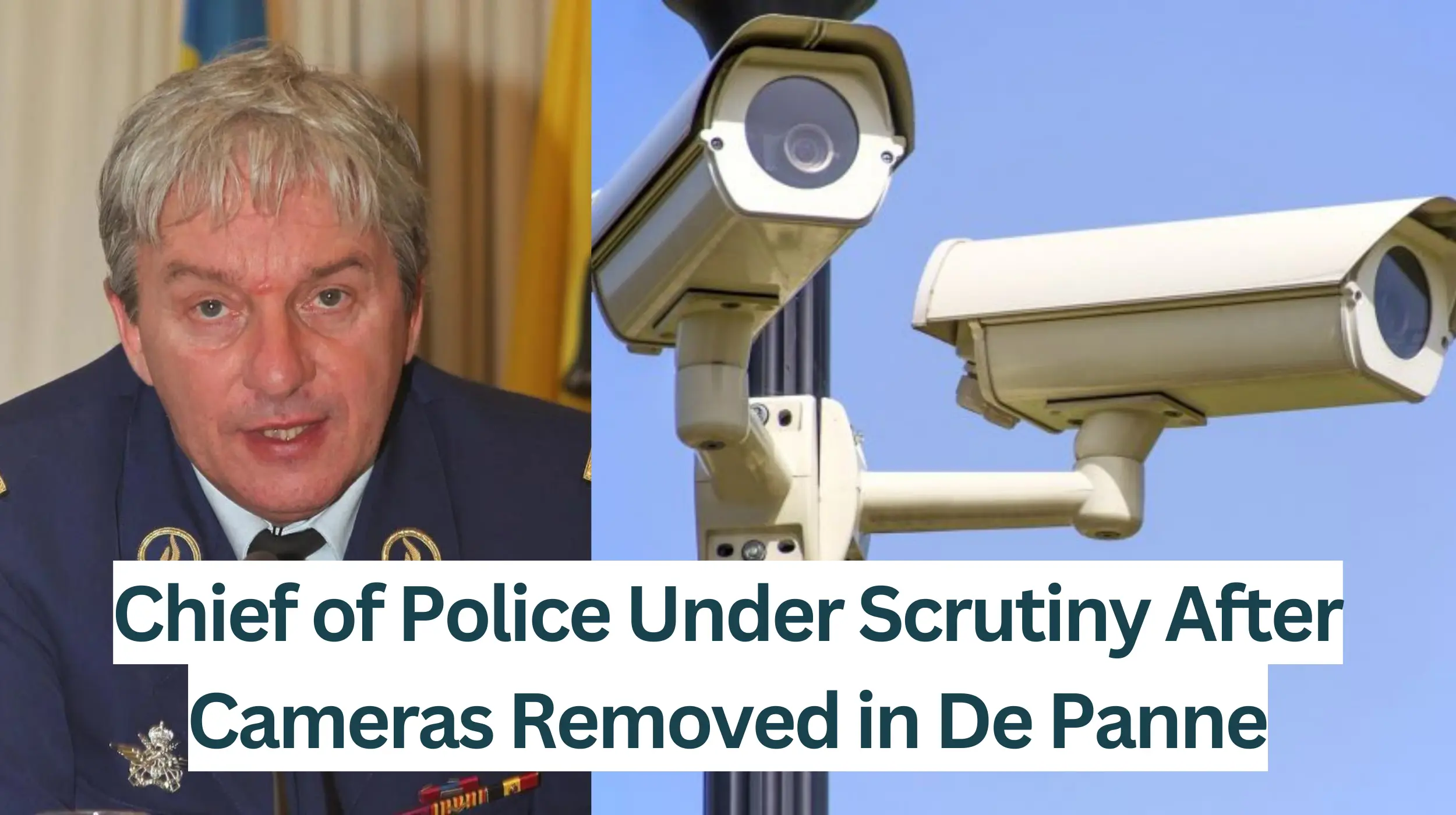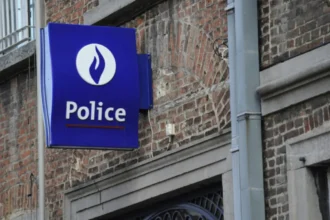Belgium (The Brussels Morning Newspaper): Belgium’s drug-related driving offenses surged from 2,300 in 2014 to 12,600 last year. Police conduct over half a million tests annually, using new “drug sniffers” for quicker detection.
It’s concerning that Belgium has seen a rise in the number of people driving under the influence of drugs. The number rose from 2,300 in 2014 to around 12,600 last year. The Mobility Ministry mentioned that in our country, they do over half a million drug tests every year. Every day, about 36 drivers are caught driving under the influence of drugs. These drivers face a fine of over €1,000 and could lose their driving license.
How is Belgium addressing drug-impaired driving enforcement?
To address drunk driving, the police use “sniffers” to check the air in a stopped car. If the device beeps, then the driver has to take a breath test for alcohol. This method saves time and money compared to drug tests. Because drug tests are expensive, the police in Belgium use a checklist to check for signs of drug use in drivers. They look for shaky limbs, blurry eyes, or unusual behavior. If three signs are noticed, or if drugs are detected or smelled, a saliva test is conducted. If it’s positive, they do a salivary analysis.
The police will soon use a new gadget to catch drug users more easily. This gadget will find drug traces on the drivers’ hands or car parts. If it finds something, the driver’s saliva will be tested. A new rule allows the police to use these “drug sniffers,” already used in airports and prisons. If the police notice just one sign from the checklist, like finding drugs or a driver admitting drug use in the last 12 hours, they will do a saliva test right away. Even if someone doesn’t cooperate, “They will still need to take the test.”








